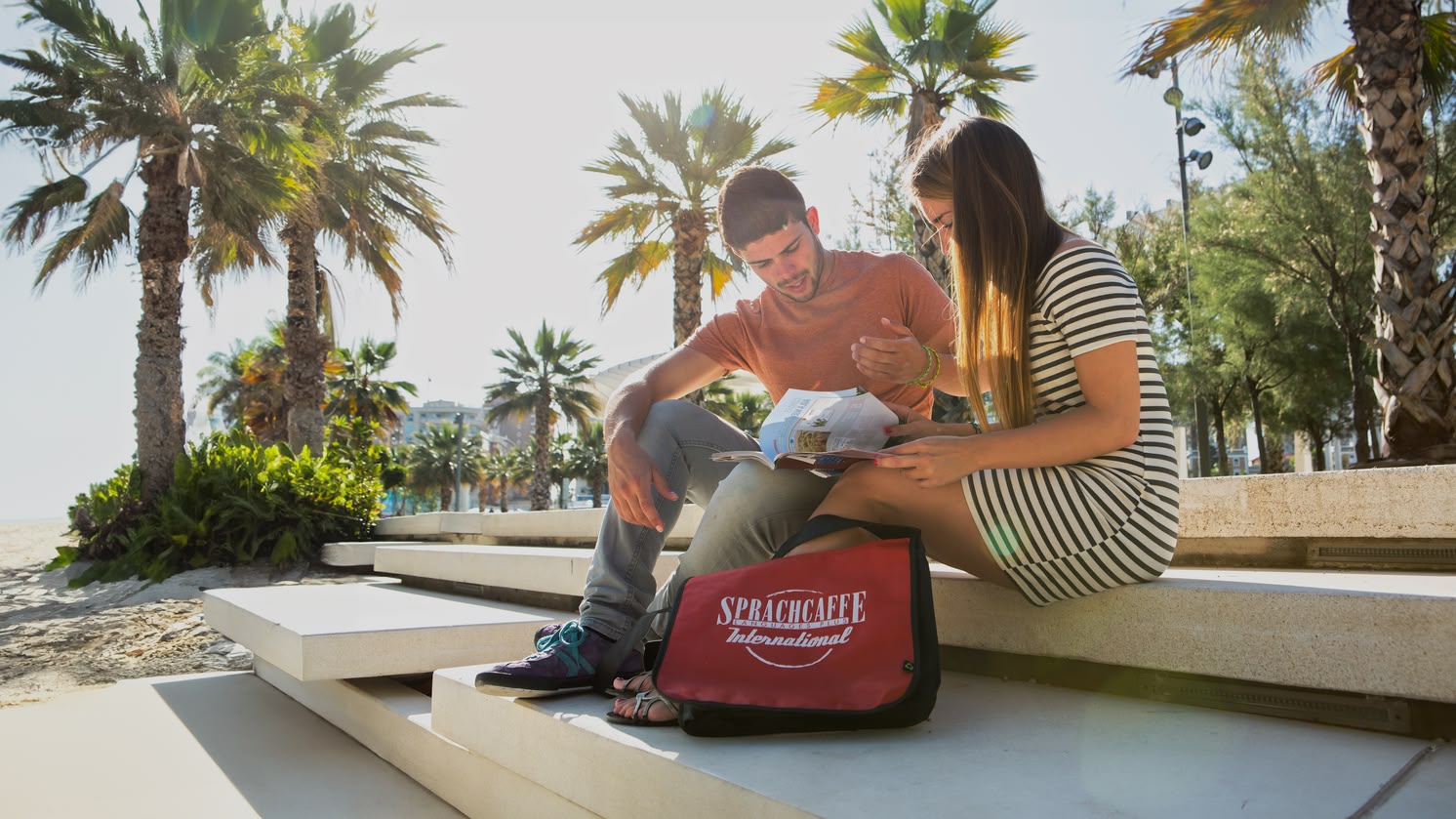Adjective agreement rules
Plural adjectives are usually shown by the s at the end of the word.
Adjectives ending in -al, in the masculine plural, end in -aux; except bancal, fatal, final, natal, naval and banal, which take an s.
Examples : des soins dentaux. | dental care.
Des discours banals. | Banal speeches.
Adjectives ending in -eau, in the plural, end in -eaux.
Example : des travaux internationaux. | international projects.
Adjectives ending in -x and -s remain invariable in number.
Example : des faits divers. | miscellaneous facts.
Adjectives ending in -eu, in the plural, end in -eux. Bleu, when not followed by another adjective, takes an -s at the end.
Example : des enfants heureux.| happy children.
The feminine form of adjectives is characterized by the -e added at the end of the word, but this is not the case for all adjectives.
Adjectives ending in -gu have an umlaut on the u and an e at the end.
Example : un son aigu = une note aigüe. | a high-pitched sound = a high-pitched note.
Adjectives ending in -eau end in -elle.
Example: un nouveau cours = une nouvelle idée. | a new course = a new idea.
Adjectives ending in -er and -et, take a grave accent on the e and add one at the end.
Example : un premier concert = une première apparition. | a first concert = a first appearance.
Adjectives ending in -ul, -el, -eil, -iel double their l and take an e at the end.
Example: un document officiel = une déclaration officielle | an official document = an official statement
Adjectives ending in -ien, -en, -on double their n and take a final e.
Example : il est daltonien = elle est daltonienne. | he's color-blind = she's color-blind.
Adjectives ending in -eur change their ending to -euse. However, in some cases, they only take an e at the end.
Examples : cet homme est bagarreur = cette femme est bagarreuse. | this man is a brawler = this woman is a brawler.
Exterior decor = exterior light. | Exterior decor = exterior light.
Adjectives ending in -ot can have two forms: -ote or -otte.
Examples : il est pâlot = elle est pâlotte. | he is pale = she is pale.
Il est idiot = elle est idiote. | He's dumb = she's dumb.
The degrees of meaning of adjectives are the comparative and the superlative:
The comparative is used to compare two things or people with the adverbs: more, less, also.
Examples: Mon sapin est plus beau que le tien. | My tree is more beautiful than yours.
Ma maison est moins grande que celle des voisins.| My house is smaller than the neighbors'.
Je suis aussi vieux que toi. | I'm as old as you are.
The superlative is used to characterize a thing or person to a very high degree. The absolute superlative takes the form of an adverb expressing a very high degree: very, strong, well, extremely, etc., and an adjective.
Examples : Ma voiture est extrêmement sale. | My car is extremely dirty.
Ma maison est la plus belle du quartier. | My house is the most beautiful in the neighborhood.
Mon arbre est le moins grand du parc. | My tree is the smallest in the park.









